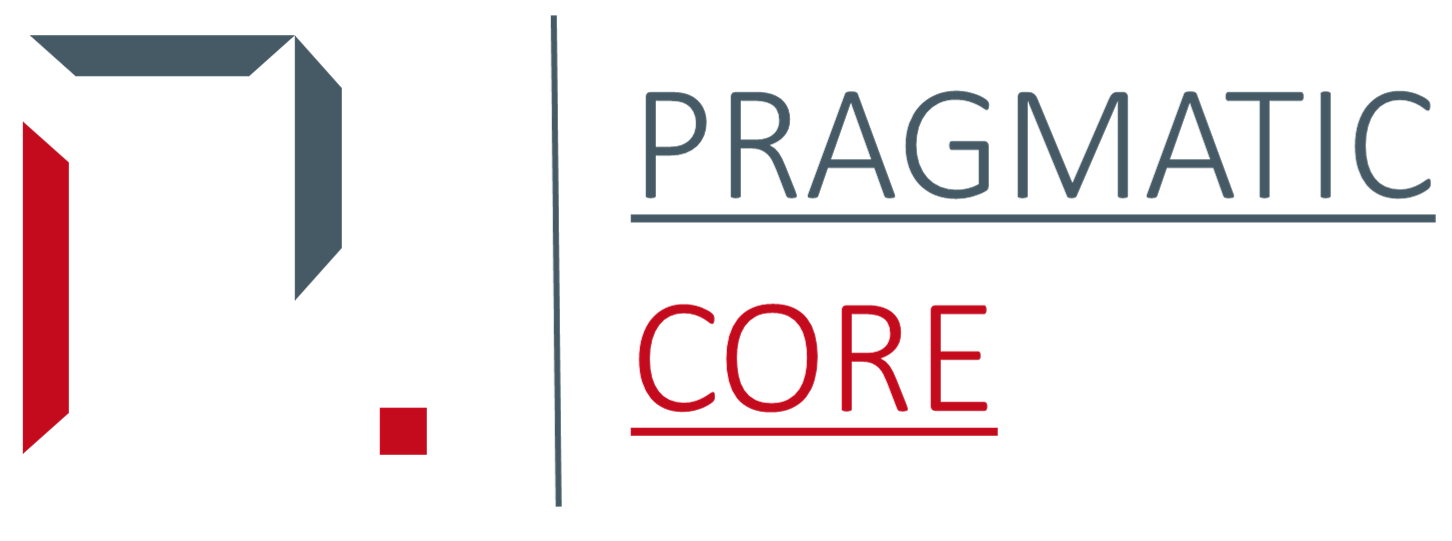Key Points:
- Legacy Systems Threaten Business Existence: Outdated legacy systems hinder agility, innovation, and decision-making, posing an existential threat to businesses in today’s rapidly changing landscape.
- The convergence of factors: accelerating technical development—changing customer expectations, COVID-19, and the relevance of AI and automation—creates a gap between legacy systems and business needs.
- Pragmatic Modernization: Businesses should prioritize structural optimization, analyze complexity, measure costs, consider vendor lock-in, and determine urgency to modernize legacy systems. For enterprise future-proofing, phased modernization with a focus on customer-facing systems, cloud platforms, and AI is necessary.
In the late 1990s, Blockbuster reigned supreme in the world of home entertainment, boasting over 9,000 video rental stores. However, lurking within this empire was a legacy IT system built on a dated mainframe.
This system, incapable of real-time tracking, led to inventory blind spots and complicated financial reporting. When Netflix proposed a partnership to boost Blockbuster’s online presence, the executive team couldn’t recognize the value due to the lack of data insights. This oversight cost Blockbuster dearly, as Netflix claimed the space and hastened Blockbuster’s decline into bankruptcy.
This cautionary tale highlights a growing existential threat facing businesses today – the burden of legacy processes and systems that are too outdated and rigid to keep pace with the rapidly changing business landscape. Legacy technology and workflows anchor companies down, leading to inefficiencies, poor decision-making, and hindering innovation.
Many business leaders remain oblivious to this challenge or are daunted by the prospect of change. However, maintaining the status quo is no longer an option; it’s a path to irrelevance. In today’s world of rapid technological and market disruption, companies must reevaluate legacy processes that no longer provide a competitive edge. They need practical strategies to modernize their enterprise technology, digitize manual workflows, and build adaptive systems ready to embrace emerging innovations. The time for change is now. The future won’t wait for legacy systems. The question is, will your business?
The Perils of Legacy Systems and Processes
Legacy systems encompass outdated hardware and software platforms that were once innovative but now hinder agility and evolution. These systems are deeply embedded in business operations and present numerous challenges:
- Inflexibility: Legacy platforms often use outdated programming languages, like COBOL, which lack the modularity required to adapt to changing business needs. This lack of adaptability hampers response time.
- Lost Opportunity: Relying on legacy customer relationship management (CRM) systems prevented some retailers from leveraging big data to enhance personalization during the eCommerce boom. Outdated platforms locked them into closed vendor solutions rather than capitalizing on real-time behavioral analytics.
- Integration Challenges: Connecting legacy systems with modern cloud platforms and AI engines requires costly custom coding and middleware. This complexity introduces latency, synchronization errors, and downtime.
These issues have ripple effects throughout an organization, causing fragmented data, incomplete reporting, inefficient workarounds, and missed opportunities. The consequences are evident in a model where input, process, and output are affected, leading to compromised performance and dissatisfied customers.
Why Now? The Inflection Point
The pace of technological change has accelerated significantly, shortening the half-life of enterprise technology. Systems that once lasted over a decade now become obsolete in just a few years. As a result, legacy systems struggle to keep up with emerging innovations.
Customer expectations have also shifted dramatically, driven by disruptors like Amazon and Uber. These disruptors have reset consumer expectations for seamless digital experiences, instant gratification, and hyper-personalization. Meeting these demands with legacy customer-facing systems designed decades ago is nearly impossible, putting customer experience (CX) at risk. Additionally, the COVID-19 pandemic forced a global shift to remote work. Legacy systems were ill-equipped to support this transition, highlighting the need for cloud collaboration, data security, workforce mobility, and distributed team management.
Artificial intelligence (AI) and automation have become essential tools for business growth, but legacy systems hinder their implementation. These systems lack the flexibility and data access required for AI to augment and optimize processes effectively. This confluence of factors has created a significant gap between legacy systems and future business requirements, making the need for modernization urgent.
Core Business Functions at Risk
Legacy systems impact every aspect of a business, but some core functions face more significant challenges. Customer service, marketing, and supply chain operations are particularly vulnerable.
Impact on key Core Functions:
- Customer Service: Legacy CRM systems often require support agents to toggle between multiple systems for customer history, leading to slow issue resolution. Additionally, outdated self-service options fail to meet modern customer expectations for omni-channel and mobile access.
- Marketing: Legacy systems struggle with audience segmentation and cross-channel marketing coordination. This results in poor campaign ROI and an inability to track customer interactions across channels.
- Supply Chain: Legacy systems often lack real-time visibility into inventory and struggle to leverage data for demand forecasting. This leads to inventory issues, inefficient operations, and increased costs.
These constraints in core functions have a ripple effect throughout the organization, compromising performance, dissatisfying customers, and incurring unnecessary costs. The inability to adapt and innovate in these core areas poses an existential threat in today’s competitive markets.
Steps to Modernization
To break free from the grip of legacy systems, businesses must adopt a pragmatic approach to modernization. This involves migrating core functions onto new technology platforms to increase agility, reduce costs, and prepare for an uncertain future.
Key principles for determining the right modernization path include:
- Business Priority: Identify which legacy systems pose the greatest competitive disadvantage based on factors like customer experience impact, revenue enablement, data/security risks, and cost burdens.
- Change Complexity: Evaluate how deeply entrenched the legacy platform is, the number of affected users, integration dependencies, and the potential for business disruption.
- Migration Costs: Weigh the spending required for upgrades, maintenance, and integration against the cost of a full replacement, considering potential return on investment.
- Vendor Lock-in: Assess if the legacy system is tightly tied to one vendor, limiting future agility.
- Timeline Urgency: Determine the speed required for changes to achieve business objectives and prevent obsolescence.
Depending on the situation, businesses can adopt three broad modernization approaches: consolidation, integration, or replacement. The choice depends on various factors, including business priorities, budgets, and interdependencies.
A phased roadmap for modernization helps ensure a smooth transition:
- Phase 1: Focus on customer-facing systems critical for improving customer experience and revenue generation, such as CRM and POS.
- Phase 2: Address operations systems that are linked to cost reduction, efficiency gains, and foundational capabilities, including ERP and WMS.
- Phase 3: Tackle remaining ancillary systems not directly tied to core processes, phasing them out gracefully while considering SaaS solutions if needed.
Modernization efforts should leverage the transformative potential of cloud platforms and artificial intelligence. Cloud platforms offer scalability, agility, and rapid deployment, enabling the implementation of new capabilities in a matter of weeks.
Artificial intelligence and machine learning can revolutionize processes, from data analysis to automation. However, these technologies require access to clean, unified data, which is often hindered by legacy systems. Modernization is a prerequisite for unleashing the full potential of AI.
Strategic Reflection
The verdict is clear: relying on rigid, outdated legacy systems is no longer just an inconvenience; it has become an existential threat. As the world becomes faster, more connected, and more intelligent, these relics of the past drain organizational resources, hinder innovation, frustrate employees, and degrade the customer experience.
Hesitating to embrace change might be tempting, but the pace of technological progress waits for no one. Every company faces a choice: remain a prisoner of legacy systems and wither away or take courageous steps toward unshackling your enterprise for the future.
This transformation requires reimagining the business from the inside out, starting with customer-centric processes and systems. Envision a future where technology, data, and AI empower every customer touchpoint and work backward to build enterprise agility.
The journey will be challenging, with setbacks and surprises, but the destination promises empowered teams delivering innovations customers love, data as a strategic asset predicting needs and unlocking insights, and a fusion of human talent and machines driving meaningful work. This future beckons those bold enough to modernize.
Will your business remain tethered to its legacy past or rise to meet its digital future? The time for deliberation is over. The urgency is clear with every app download, IoT device, and cloud-born competitor. Seize the moment and architect tomorrow.


